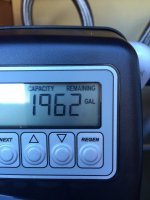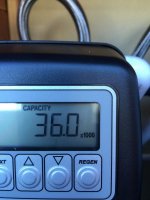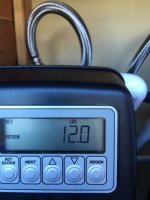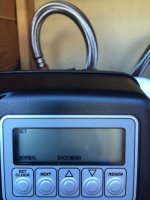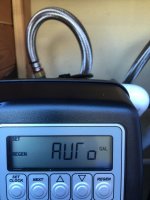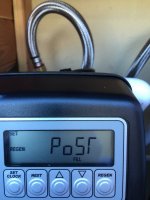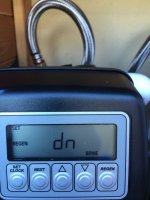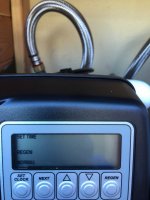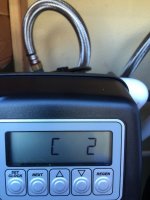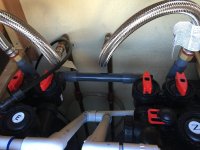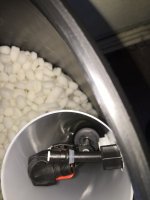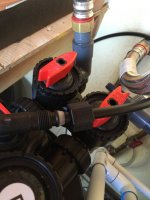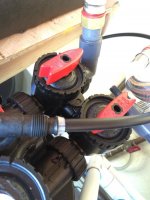Badsha
Member
Hello,
I have a Clack WS1 and Carbon Tank. I noticed that the water has been different for the past few days, not soft, more spotting. I tested with a Hach 5b kit and found 20GPG from the tap. I checked the Clack WS1 valve meter and time was correct and the Carbon tank valve meter time was correct. Brine tank has a lot of salt pellets.
There was a planned power outage back in December 19, 2014. But once power was restored, I set the times on both the water softener and carbon tank. Did I need to do anything with the button battery in the water softener?
I also checked for leaks and did not see any.
Carbon Tank - time to regen 4 days
Water Softener Capacity - 545 gallons. Does this mean I have 545 gallons of softened water?
The water in the Brine Tank tube looks oily for some reason, not sure if that is normal?
Do you guys think its that salt bridge problem? I can see the salt pellets on the bottom through that Brine Tank Tube.




I have a Clack WS1 and Carbon Tank. I noticed that the water has been different for the past few days, not soft, more spotting. I tested with a Hach 5b kit and found 20GPG from the tap. I checked the Clack WS1 valve meter and time was correct and the Carbon tank valve meter time was correct. Brine tank has a lot of salt pellets.
There was a planned power outage back in December 19, 2014. But once power was restored, I set the times on both the water softener and carbon tank. Did I need to do anything with the button battery in the water softener?
I also checked for leaks and did not see any.
Carbon Tank - time to regen 4 days
Water Softener Capacity - 545 gallons. Does this mean I have 545 gallons of softened water?
The water in the Brine Tank tube looks oily for some reason, not sure if that is normal?
Do you guys think its that salt bridge problem? I can see the salt pellets on the bottom through that Brine Tank Tube.

